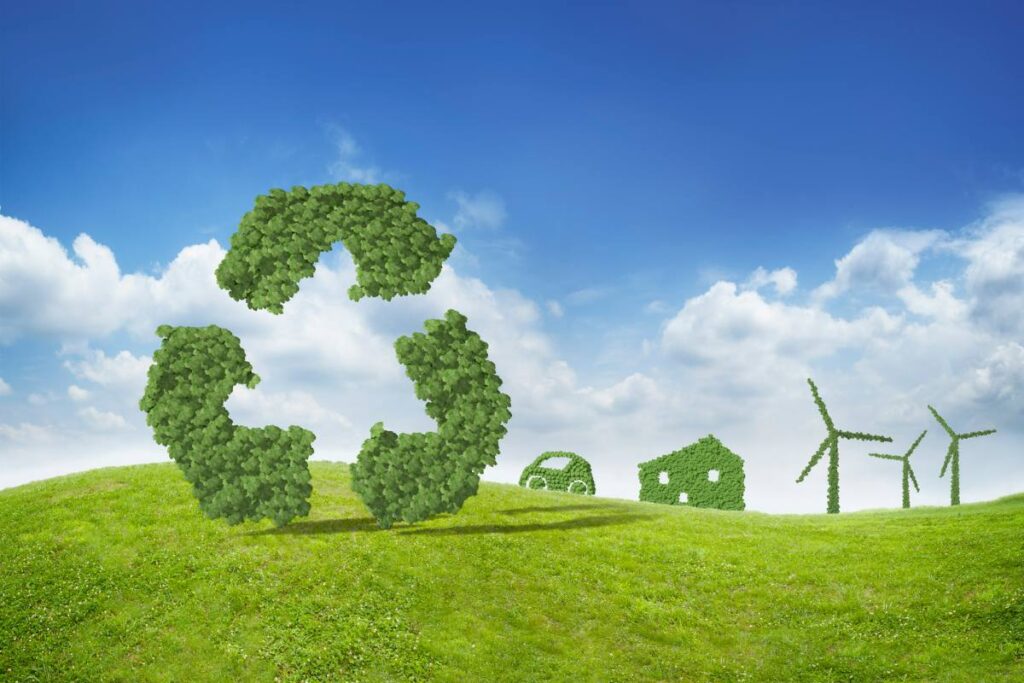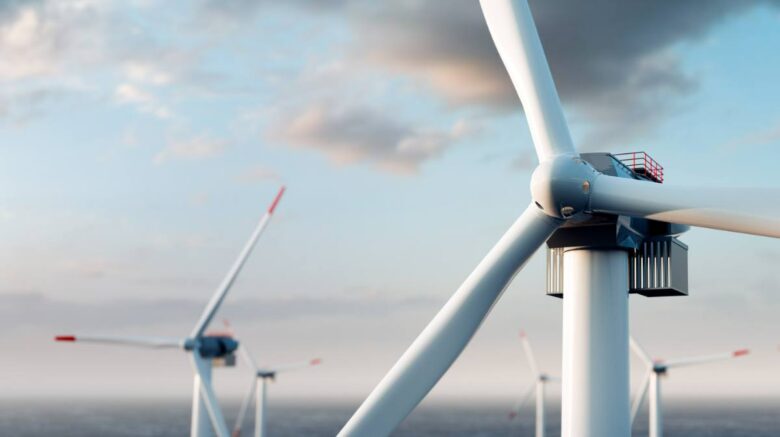Wind energy, just like solar energy, has been gaining prominence in recent years, and comes with advantages and disadvantages. Wind energy utilization has a long history – from its use in propelling ships via their sails to sawmills and windpumps. Now, wind energy is being utilized by wind turbines as a renewable energy source to generate electric power for residential and industrial purposes.
The wind energy sector has enjoyed massive growth in the U.S. In 1997, it was at an annual generation capacity of 7.5 GW. However, now that the world is trying to move on from fossil fuels and focus more on wind power, that capacity has grown to 564 GW in 2018. This was achieved through the establishment of several wind farms, which were equipped with top-tier wind turbines.
Although wind power is a renowned renewable energy source, and its utilization comes with several benefits, there are also certain downsides that you should know. As you read on, you’ll know all you need to know about wind energy’s advantages and disadvantages. Before that, you should know what a wind farm is and the different kinds of wind energy projects.
What is a Wind Farm
This can simply be described as a large area of land equipped with several wind turbines that utilize winds from the sea or land to generate electricity that will be transmitted into the power grid.
How Does Wind Energy Work?
Wind energy is captured by wind turbines. The wind turbine is a device that comprises a rotor, nacelle, and tower. Its blades are pointed in the direction of the wind. The wind turbine is connected to an electricity generator. As the blades turn in the direction of the wind, it generates kinetic energy from wind speed which is converted to electric current by the generator. The electricity is then channeled through the wiring to the transformer of the wind power plants and sent to the power grid for distribution.
There are different types of wind turbines, including vertical-axle turbines, horizontal-axle turbines, and even more modern wind turbines, such as the bladeless wind turbines. These wind turbines work towards the same purpose but with varying modes of operation.
Types of Wind Farms
There are three types of wind farms. They include;
Onshore Wind Farm
This is the most popular wind energy project. The site for the farm has to be at least 3 kilometers from the sea. The wind turbines utilize land-based winds for energy generation. This wind project is very accessible and is usually within close proximity to the power grid. The disadvantage of this project is that land-based air currents are not very regular as compared to sea-based winds.
Offshore Wind Farm
This project is situated on the sea, far from land. The offshore wind turbines produce electricity from sea-based air currents. The advantage of this wind project is that it generates more sustainable energy than its onshore counterpart since the winds are more regular. The site is also at a lower altitude. The downsides include its distance from the power grid and the fact that it’s not as accessible as the onshore farm.
Nearshore or Coastal Wind Farm
This farm is a hybrid of an onshore and offshore wind energy site. It’s located on land but within 3 kilometers from the sea. By virtue of its location, it can utilize both land and sea air currents for energy production.
Now, let’s look at wind energy’s advantages and disadvantages.
Wind Energy Advantages
The advantages of wind energy include the following:
Clean Energy
Just like solar power and other forms of renewable energy, wind energy is sourced from a natural resource. Its generation and production don’t result in carbon emissions into the environment. This makes it eco-friendly to an extent, unlike fossil fuels such as natural gas, coal, and petroleum which release greenhouse gases into the environment and triggers global warming or climate change.

In a bid to promote environmental sustainability and reduce greenhouse gas emissions, many countries are now using wind energy for generating electricity. It’s among the cleanest forms of energy.
Renewable
As long as the sun heats, warm air rises to high-pressure areas, and cold air sinks to low-pressure areas, the wind will be available to generate enough electricity. Wind energy is renewable and available in unlimited supply, and this is one of the best wind power pros.
Job Creation
One of the main advantages of wind energy is its economic impact on population centers. So far, the wind industry has created over 100,000 jobs, making it one of the fastest industries in the U.S. As if that isn’t impressive enough already, energy experts predict that this industry will create a further 600,000 jobs in the future.
Space Efficiently
While there may be arguments that wind farms consume a lot of land space, one of the many advantages of wind energy is that the installation of wind turbines and other equipment doesn’t take up much space. The remaining land can be used for agricultural purposes.
Pays for Itself Over Time
This quality is something wind power has in common with solar energy. The installation costs of these energy sources are high, but that’s about it. This renewable energy has low operating costs because its energy source (the wind) is a free resource and comes abundantly. Also, wind turbines incur low maintenance costs throughout their lifespan. This means that after the upfront costs, you’ll spend next to nothing on generating electricity, making it cost-effective in the long run. This is one of the best wind energy advantages.
Wind Energy Disadvantages
Below are some negative impacts of wind power:
Environmental Nuisance
Unlike solar power, which is completely environment-friendly, one of the cons of wind energy is its environmental impact. The mechanical energy and wind vortex involved in the production of wind energy result in noisy wind turbines. So, when the turbines are operating, their immediate environment will be disturbed by the noise.
Wind turbines are also obstacles to what should be a great view of the natural landscape. Since these machines are installed at high altitudes to capture high wind speeds for energy efficiency, they are more or less interruptions of what should be a scenic view of the mountains and lakes.
Detrimental to Local Wildlife
This is among those cons of wind energy that gives us a reason not to term it as eco-friendly, even though it’s clean energy. Wind turbines can be extremely dangerous to flying animals, such as birds or bats, who are likely to fly into them. The siting of wind energy projects, if not done properly, can affect the natural habitat of certain animals.
This is one of the major disadvantages of wind energy. However, with further technological advancements and proper siting of wind farms, this problem can be rectified. Bladeless wind turbines are one such indication that as technology improves, these machines will be less dangerous to animals.
Wind is Intermittent
Wind energy is abundantly available, but similar to other renewable sources such as solar energy, its supply is weather-dependent. If the weather is not favorable for wind energy production, wind farms may not be able to produce enough electricity during peak demand periods because of low wind speeds. To get the best out of this energy source, pair the turbines with energy storage technology.

